All my life I have known about D-Day and the beaches of Normandy. While I didn’t have any relatives (that I know of) actually involved in this effort, my father, uncles, grandfather were all in the Navy and so my military history was something that was part of growing up. While my relatives were all in the Pacific, Normandy and its beaches were certainly part of all history of World War II.
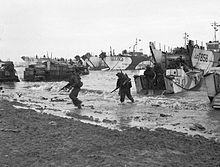
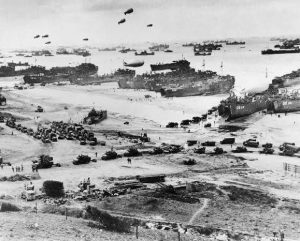
For our visit to the area, we stayed in Bayeux where, I came to learn was the FIRST village or town the Allied Forces liberated! Little did I know when I made the reservation at the hotel.

One of the first memorials I saw was a plaque mounted across the street from the Cathedral which states, in English, “To the glory of God and in the Memory of all Ranks of the 50th Northhumbrian Division who laid down their lives for justice freedom and the liberation of France in the assault on the Beaches…” I was to find more of these kinds of plagues as we toured around the area.
Now more than 70 years after D-Day, the Normandy coast is peaceful with lovely seaside towns and picturesque beaches. Many of the towns have names of the form something-sur-mer; sur-mer is French for “on the sea”. Behind the coast is an old-fashioned farming landscape of grain fields, cattle and pastures, hedges and farmhouses. However, the memories of war and D-Day are engrained in the landscape.

Along the 80-km (50-mile) D-Day invasion coast there are the remains of German gun emplacements and bunkers, while war memorials and monuments mark where the allied forces landed. Inland, there are monuments in almost every village and at every bend in the road,
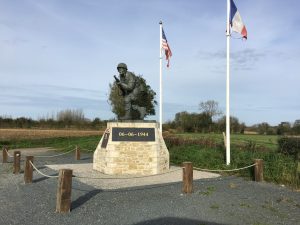
for there is barely a square acre that wasn’t fought over. Along the coast and inland there are numerous D-Day related museums. Only by visiting do you get a proper idea of the vastness of the enterprise.
We started at the west end and visited Utah followed by Omaha both of which were American force Beach assault areas. From there we visited the American Cemetery and then a bit of Arromanches.
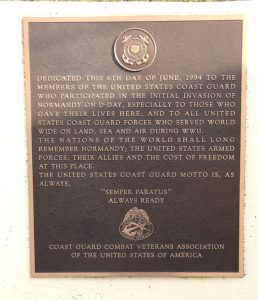
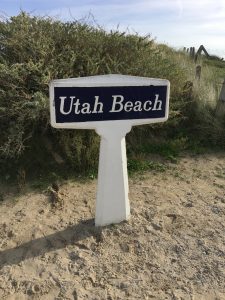

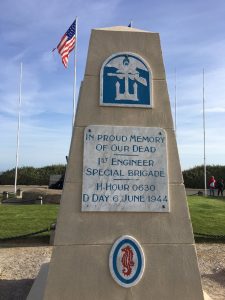
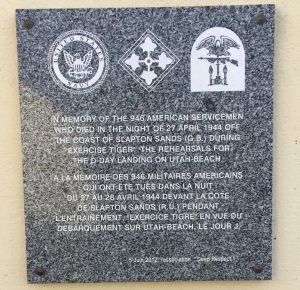

At the American Cemetery there are various sections – I looked at a number of crosses – solders from Texas, California, New York, Oklahoma, Illinois – from all over the country. All with dates of death within a few weeks of June 6th 1944.
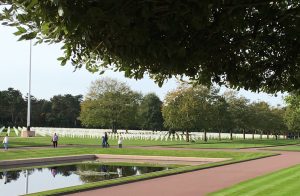
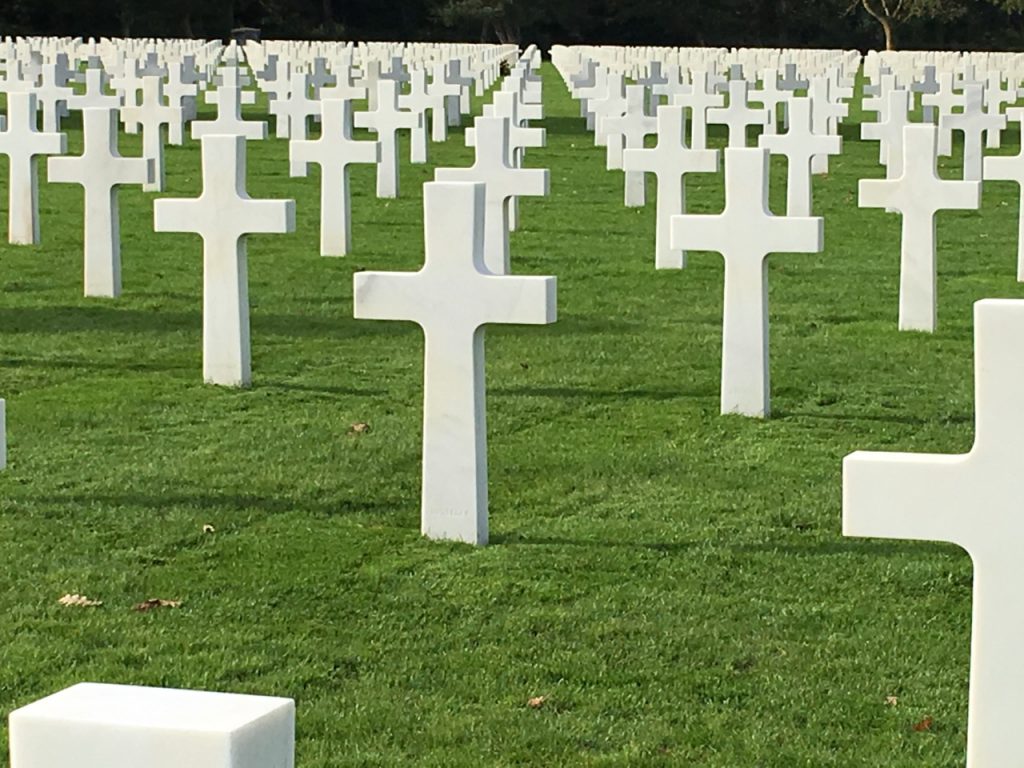
Arromanches still has a portion of the pier created by sinking several ships bow to stern. Once these were sunk, the upper decks were destroyed allowing a platform for a pier to be created and thus other ships could tie up next to this “pier” and off load equipment, men and supplies
You cannot leave these areas without feeling a profound sense of loss – over 450,000 Allied and German troops were killed, wounded or went missing during the Battle of Normandy. While the battle started on the Beaches, it quickly moved to hedgerows, towns, villages, farmhouses and every yard gained was painful. A staggering number in such a short period of time. Along the roadside, you see these ‘can’ shaped monuments that mark the progress of liberation from the ground zero spot at the Beach.

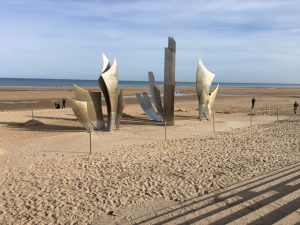
So, we visited the area, saw the sights and left. However, you cannot visit, see the area and not be struck with how vast the landing force was and how much coordinated planning was required to get all the ships, men, equipment staged and moved across the English Channel.
The rolling green hills of Normandy, dotted with cattle and quilted with corn and wheat, cover peaceably the ruins, graves, and body littered fields with bombs falling around the roar of heavy artillery. Caen was rubble, as Germans made their last stand on the western front, and only constant bombardment above and around finally sent them out of the area. After an area was liberated, German soldiers of war (POW’s) were tasked with cleanup directed by American Corps of Engineers.
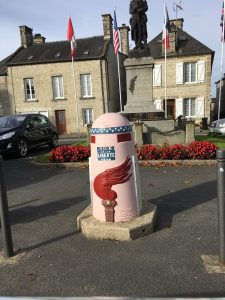
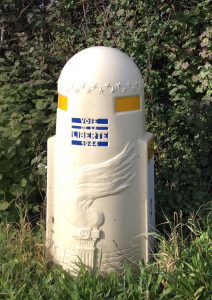
Small farms are still a viable way of life in the Normandy countryside, perhaps as a form of healing.